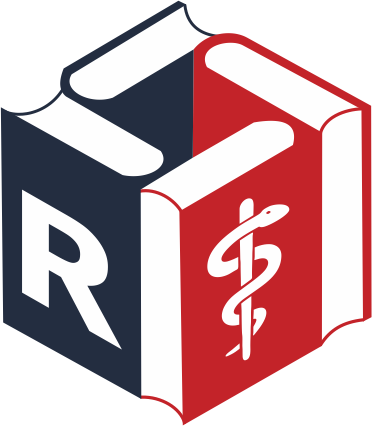Zastosuj identyfikator do podlinkowania lub zacytowania tej pozycji:
http://hdl.handle.net/20.500.12564/523| Tytuł: | Directed evolution of AAV capsids for improved efficacy and specificity of delivery to preclinical models of human liver |
| Autor: | Kwiatek, Magdalena Michalski, Aleksander Abramowicz, Karolina Rutyna, Paweł Wasiak, Magdalena Reichert, Michał Lisowski, Leszek |
| Słowa kluczowe: | terapia genowabioinżynieria |
| Data wydania: | 2023 |
| Źródło: | Lekarz Wojskowy |
| Nr Serii/Raportu: | 2023 : T. 101, nr 1, s. 32-40;10.53301/lw/156374 |
| Abstrakt: | Recombinant vectors derived from adeno-associated viruses (rAAVs) are the leading platform in human gene therapy applications, with high-profile examples targeting diseases of the central nervous system, eye and liver. The liver, quite likely a natural host organ for wild type AAV2, is a particularly attractive target for the development of AAV-mediated gene therapies. Despite large number of AAV variants current at various stages of development as carriers of liver therapeutics, thus far no liver-directed AAV-based therapy has obtained market authorization. Strong preclinical data is the cornerstone of any translational program, and while AAV bioengineering is commonly applied to try to develop novel human-tropic vectors for clinical applications, due to species-to-species differences, dedicated vectors to support preclinical work may need to be developed. Here we applied AAV directed evolution and in vitroselection to identify AAV capsids that target human liver cells in vitro. Using DNA shuffling technology, we have generated a capsid gene library based on natural parental serotypes (AAV1 through AAV12). Shuffled capsid library was selected in a preclinical model of human liver. The AAV variants enriched based on their improved efficiency of transduction of a human hepatocyte cell line were vectorized and subsequently functionally characterized on human cell lines. This directed evolution method enabled us to select novel AAV variant, AAV-CH4.2. While the selected variant did not exceed the parental serotype in terms of transduction efficiency, it was substantially more efficient at packaging than its closest homolog, serotypes AAV6. Based on its strong transduction profile and manufacturability, we believe that AAV-CH4.2 is a strong candidate for further evaluation and as a potential novel gene therapy vector for preclinical studies in human liver applications. |
| Opis: | Licencja CC-BY-NC-SA |
| URI: | http://hdl.handle.net/20.500.12564/523 |
| ISSN: | 0024-0745 |
| Pojawia się w kolekcji: | 2023 rok |
Pliki tej pozycji:
| Plik | Opis | Rozmiar | Format | |
|---|---|---|---|---|
| pdf-156374-88800.pdf | 1.27 MB | Adobe PDF |  Przejrzyj/Otwórz |
Wszystkie pozycje w Repozytorium WIM są chronione prawem autorskim chyba, że zostało wskazane inaczej.
